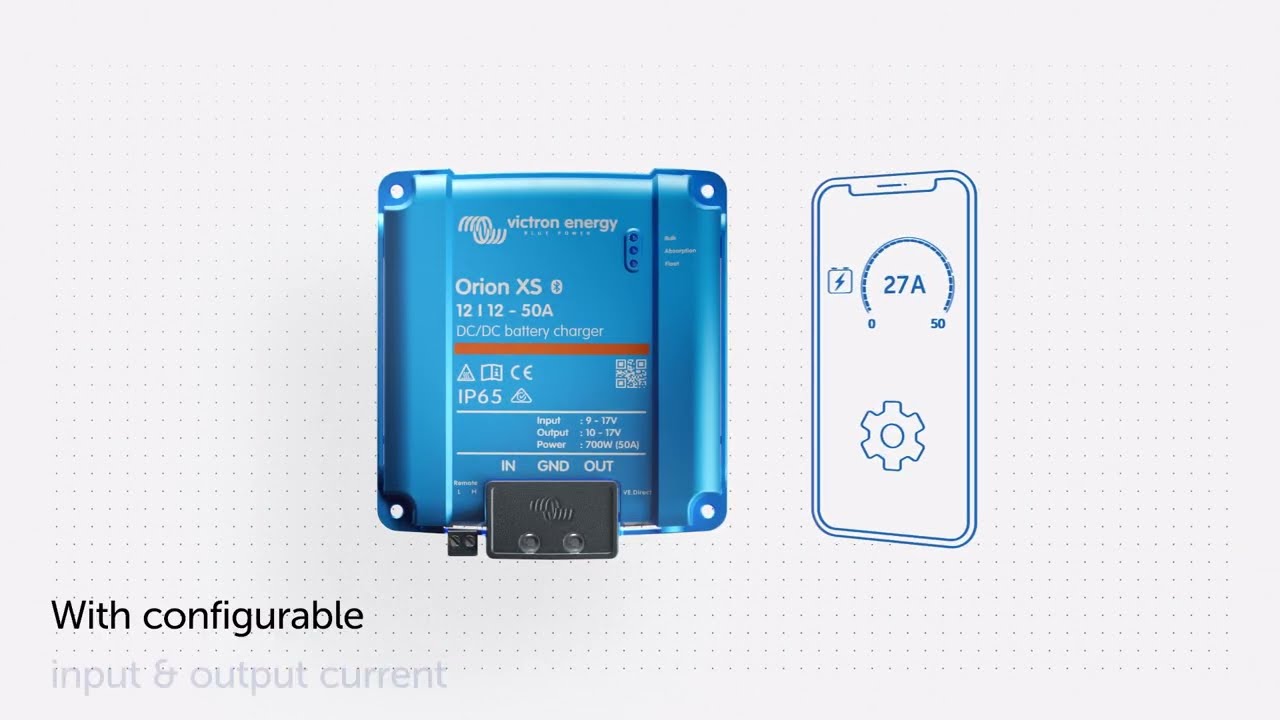

Hello,
Sign In
Obviously, the best way to make sure you actually get what you pay for and don’t get sent inferior cells after being promised the world, is to buy from a reputable Australian company with an ABN that will issue with a tax invoice, such as Muller Energy.

However, if you have your heart set on ordering cells from China yourself, here are my recommendations that your cell purchase (hopefully) doesn’t end in tears!
These are not necessarily in sequential order, but you’ll get the point.
1) Never buy cells from places like Aliexpress or Banggood or any other end customer marketplaces like that. They tend to have more dodgy sellers than Alibaba (though even here the number of bad sellers outnumbers that of good sellers).
2) Have a look on Facebook groups (such as this) to see what experience others have had with a particular vendor. Unfortunately, the review section on Alibaba isn’t great, so that might not help you much, but still worth a look. Another good place to look for genuine reviews though, would probably be the DIYSolar forums.
3) Clarifications: I like to make a numbered excel spreadsheet issues/questions register. Every question/issue has to be satisfied before we can proceed to shipment. If you ask questions it’s very common for sellers to give vague answers and then if there’s an issue to claim that they never confirmed X, Y or Z.
So have a written record with every detail EXPLICITLY stated, as though it would be used in a court of law.
4) Get a PI (or proforma invoice) done that has all the important details in it. If one thing is missed, don’t assume it will be fine, get them to redo it.
This should include what constitutes a failed cell and what remedies the vendor will do for failed cells. Remember to include that you will not ship them back to China, or if you do it’s at the vendor’s cost.
5) Photos and videos: Get lots of those done. There’s a good chance you’ll get a random photo that isn’t of the actual item. One way around this is to ask for the original file and then look at the picture’s metadata. Don’t tell suppliers that’s what you’re doing though, as this can be faked if they’re aware of it.
6) ALWAYS hold the final payment until all checks and balances have been done. Usually this means that you’ll pay a 50% initial payment and a 50% final payment when the cells are packed and ready to be shipped. Initially though try for 30%/70%, but you’ll likely end up agreeing on 50%/50%.
7) Paperwork: Make sure all the paperwork is in order. You’ll need a COO (certificate of origin) for example, to avoid paying import duty.
8 ) Payment: Ideally pay with Paypal on a credit card through Alipay. The Alibaba Trade Assurance HEAVILY favours the vendor, so relying purely on that probably isn’t a good idea.
9) Inspection: I realise this one is much more difficult if you’re just ordering a few cells, but you should have some sort of plan. The best thing is obviously to fly over there and do the inspection yourself, however that’s not a reasonable thing to do for just a few cells.
The next best thing is to get a third party to do the inspection for you. I could write a whole chapter on inspections, but just make sure they test all the important aspects. Also make sure that the vendor will have fully charged cells available ready to do a capacity test during the inspection. Confirm the discharge rate beforehand, so there’s enough time for the test to be completed on the day of the inspection. They like to run at low C rates to make sure they get every last mAh out of the cells. They often also pause and let the cell rest at 10% SOC or so. Slight tangent, but also make sure that they’re giving you the DISCHARGE capacity, not the CHARGE capacity.
Generally, even with this in place. The capacity they measure will be 2-3Ah higher than the results you’ll get when you do your test.
While an inspection isn’t too expensive (starts at under US$200) it might still be too expensive if you just order a handful of cells. In that case, just be sure to get lots of photos, videos, test reports, etc done.
10) Shipment: Make sure you select whatever is appropriate for you. For a small order DDP (nothing more to pay for the buyer) is probably the best, but please be aware that this isn’t officially allowed for Australia. This means the vendor might be submitting false declarations. I have no idea what the legal implications would be for the buyer, maybe it’s nothing, but this definitely is not legal advice.
DAP is probably what I would use, but you need to pay GST and custom clearance fees (and duty if you don’t have a COO).
Again, get this clarified in the PI.
11) Arrival: When your packages are delivered, inspect them and take photos before signing off on them. If any packages are damaged, open them there and then before the delivery person leaves.
If that’s all okay, you now need to test everything yourself, such as internal resistance, voltage (make sure they don’t self-discharge at an unacceptable rate) and of course capacity. Obviously have a look for any visible issues as well.
While all of this obviously doesn’t guarantee that you will get good cells, it dramatically increases the chances that you will.
Should a vendor not want to take these steps, they’re probably best avoided anyway

Copyright © 2023 Muller Energy. All rights reserved.
Lorem ipsum dolor sit amet, consectetur adipisi cing elit, sed do eiusmod tempor incididunt ut labore et dolore magna aliqua. Ut enim ad minim veniam, quis nostrud exercitation ullamco laboris nisi ut aliquip ex ea commodo consequat.